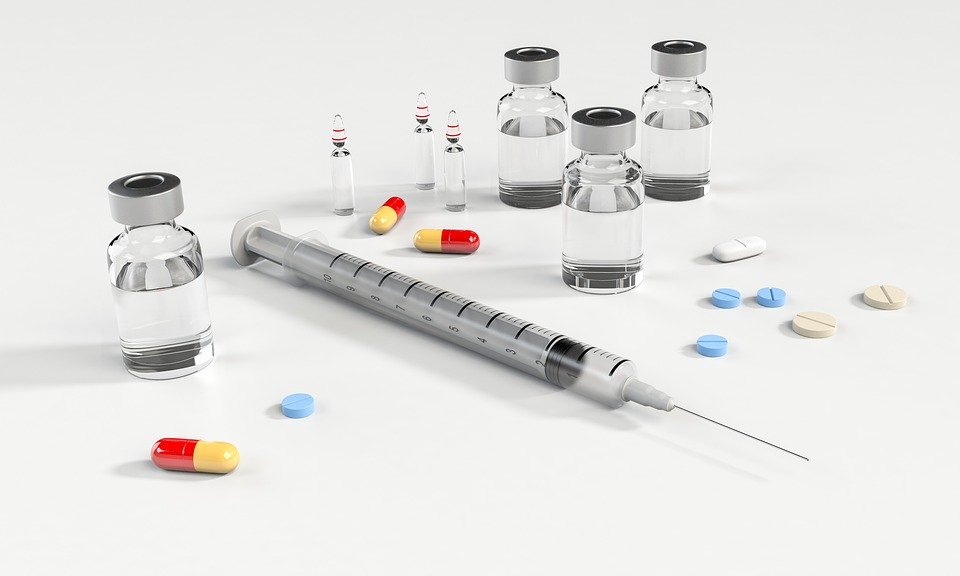
There are various reasons why people may need to take a drug test. For some, it is part of their employment or school requirements, while for others, it is requested by their health care provider. There are also various ways of testing for these illegal substances with some proving to be more convenient or more accurate than the others.
In this case, yes, traces of illegal substances can be found in the hair.
Hair Testing
Hair testing is often employed to detect long term drug use, which often lasts for a couple of months or more. According to the experts, drug metabolites can enter the blood vessels of the scalp and the hair will act as a filter, keeping the substances as a record of the person’s drug use. Some of the drugs that can be detected through hair testing include cocaine, marijuana, opiates, methamphetamine, as well as ecstasy and alcohol.
A hundred-gram sample of hair or about a hundred strands cut close to the scalp is usually collected. However, some people object to this testing method because it fails to measure the current drug use. For instance, a person may have taken cannabis a few months before the test, but he may still test positive because the residue of the substance remains in his hair months afterward, without any amount of shampooing able to wash it away.
Aside from this, below are some other ways on how the presence of illegal substances can be determined in a person’s system.
Urine Drug Testing
One of the most common drug testing methods that are often utilized by most clinics and laboratories is urine drug testing. Typical urine drug tests can sometimes only screen up to five substances such as methamphetamines, barbiturates, benzodiazepines, cocaine, or marijuana. However, some can detect more substances and this is known as the panel drug test. The latter is also sometimes referred to as a bulk drug test, wherein a urine sample is evaluated for the presence of up to a dozen kinds of substances. More people prefer this drug testing method because aside from the fact that it is non-invasive, the results are accurate too.
Through a urine sample, the presence of drugs in your body can still be detected even after the effects of the drugs have worn off. This is quite a logical solution because the drug metabolites leverage urine as its excretory route. The detection, however, varies depending on the type of drug that needs to be detected.
Blood Testing
Blood testing is considered as one of the most expensive ways to detect the presence of any illegal substance in your system. While it is expensive, this invasive method of drug detection is also one of the tests that yield the most accurate results. It is effective in determining the current drug substances present in the body, as well as its actual level or amount.
Perhaps the drawback of this method is that it often has a short period of detection, such that illicit drugs that metabolize quickly and are eliminated by the body are no longer recognized, compared to the drugs present in the urine that can still be detected within three days. Nevertheless, the types of drugs that can be detected by a blood test include cocaine, fentanyl, marijuana, methamphetamines, opiates, and phencyclidine to name a few. The procedure of collecting the samples may vary anywhere from a few minutes to a couple of hours.
Saliva Testing
Testing for the presence of illegal substances through getting a saliva sample is slowly getting more popular today. Perhaps this can be attributed to the fact that this method is the least invasive drug test method and the process is fairly simple. Others refer to this test as the mouth swab test wherein the donor is requested to avoid taking in any food or beverage at least ten minutes before the procedure.
While this is considered as one of the fastest ways to detect the presence of drugs ingested by a person, it is also not suitable to detect long-term drug use. Most of the saliva drug tests can only detect drug substances within a usage period of a few hours up, or for some, even up to a couple of days. Otherwise, the person may already test negative for any illegal substance in his system.
Perspiration Testing
Acquiring sweat samples to test for the presence of drugs in the body can be considered as one of the most contemporary methods there is today. In this case, a sweat patch is provided to the donor and he is expected to affix it on his skin for two weeks. The patch will be able to detect any drug substance that the person may excrete through his perspiration. This kind of drug test works well for people on probation who are currently being monitored.
Breathalyzer
A breathalyzer cannot detect the presence of illegal substances in the body, but it can indicate whether a person is intoxicated by alcohol. While these are extremely accurate, these devices can only detect the alcohol level while the person is intoxicated. When the effect of alcohol wears out, it will no longer be identified by the breathalyzer. Thus, these can’t be used to detect whether a person had alcohol the night before or if a person is high from using a certain illegal drug. Nevertheless, this can be an effective means to conduct further tests on a person if his behavior signals authorities to do so.

To wrap things up, yes, illegal substances can be found on the hair. But aside from this, there are several other means on how to test for the presence of drugs in a person’s system. It can be through urine, blood, or saliva samples and it can even be through sweat samples. Others opt for a breathalyzer while some go for rapid tests instead of the traditional ones. Just keep in mind that the accuracy of these tests varies so better choose one that will be suitable for your purpose.